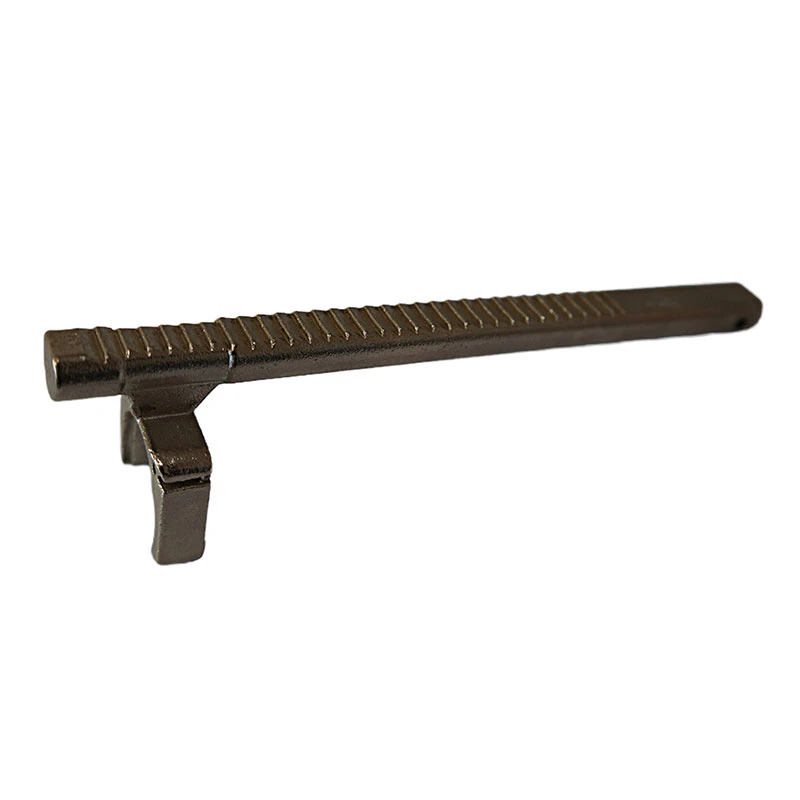OEM Parts vs Aftermarket Options for Your Vehicle's Replacement Needs
Understanding OEM and Aftermarket Auto Parts A Comprehensive Guide
When it comes to maintaining or repairing vehicles, car owners face a crucial decision whether to opt for OEM (Original Equipment Manufacturer) parts or aftermarket parts. Each option has its own set of benefits and drawbacks, making it essential for vehicle owners to understand the differences between them and how each can impact the performance and value of their vehicles.
What are OEM Parts?
OEM parts are components that are made by the same manufacturer that produced the original parts for the vehicle when it was built. These parts are designed to meet the exact specifications of the vehicle and often bear the manufacturer's logo. The primary advantage of OEM parts is their direct association with the vehicle's manufacturer, which means they are typically designed to fit perfectly and perform well in conjunction with other original components. This makes them a reliable choice for repairs, especially when dealing with critical systems such as brakes, engines, or transmissions.
Additionally, OEM parts often come with a warranty, giving customers peace of mind regarding their purchase. Because they are made to the manufacturing standards, car owners can feel confident that using OEM parts will not compromise the vehicle’s integrity or value.
What are Aftermarket Parts?
Aftermarket parts, on the other hand, are produced by external manufacturers and are not affiliated with the original vehicle manufacturer. These parts can vary widely in quality, price, and compatibility. Some aftermarket parts are designed to be equivalent to OEM parts, while others may offer enhancements, such as improved performance or different aesthetics.
One of the main advantages of aftermarket parts is their cost-effectiveness. They are frequently less expensive than OEM parts, making them an attractive option for budget-conscious consumers. Moreover, the aftermarket sector is known for innovation, as many manufacturers create high-performance options that may be superior to original components.
oem aftermarket auto parts

The Pros and Cons of OEM and Aftermarket Parts
When choosing between OEM and aftermarket parts, car owners need to consider several factors.
Pros of OEM Parts 1. Quality Assurance OEM parts are manufactured to rigorous standards, ensuring consistent quality and reliability. 2. Perfect Fit Since they are made for specific make and model vehicles, OEM parts usually fit perfectly without modifications. 3. Warranty Protection Most OEM parts come with a warranty, protecting the customer against defects. Cons of OEM Parts 1. Higher Cost They can be significantly more expensive than aftermarket alternatives. 2. Limited Options Car owners might have fewer options for customization with OEM parts.
Pros of Aftermarket Parts 1. Affordability Generally, aftermarket parts are less costly, making them more accessible for repairs. 2. Variety A vast array of aftermarket parts offers customization options and potential performance upgrades. 3. Innovation Many aftermarket manufacturers focus on performance enhancements, which can elevate the vehicle’s capabilities.
Cons of Aftermarket Parts 1. Quality Inconsistency The quality of aftermarket parts can vary greatly; some may not meet the same standards as OEM parts. 2. Potential Fit Issues There is a chance that aftermarket parts may require modification to fit properly. 3. Warranty Concerns Using non-OEM parts can sometimes void vehicle warranties, so it’s crucial to check with the manufacturer.
Conclusion
Ultimately, whether to choose OEM or aftermarket auto parts depends on individual circumstances, such as budget, the age of the vehicle, and personal preferences regarding quality and performance. Car owners should weigh these factors carefully before making a decision. Consulting with a trusted mechanic can also provide valuable insights to ensure that the best choice is made for the specific vehicle needs. By understanding the distinctions between OEM and aftermarket parts, vehicle owners can make informed choices that promote safety, maintain vehicle integrity, and ultimately enhance their automotive experience.
-
OEM Sand Cast Pump Valve Fittings - Baoding Hairun | Precision Engineering, CustomizableNewsJul.30,2025
-
OEM Sand Cast Pump Valve Fittings - Baoding Hairun Machinery And Equipment Trading Co., Ltd.NewsJul.30,2025
-
OEM Sand Cast Pump Valve Fittings - Baoding Hairun Machinery And Equipment Trading Co., Ltd.NewsJul.30,2025
-
OEM Sand Cast Pump Valve Fittings - Baoding Hairun Machinery|Precision Engineering&Fluid ControlNewsJul.30,2025
-
OEM Sand Cast Pump Valve Fittings - Baoding Hairun Machinery And Equipment Trading Co., Ltd.NewsJul.30,2025
-
OEM Sand Cast Pump Valve Fittings-Baoding Hairun Machinery And Equipment Trading Co., Ltd.NewsJul.30,2025















